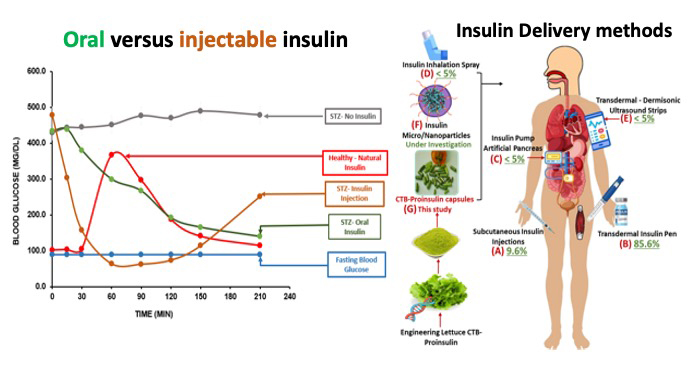Natural Management Methods for Blood Sugar Control
Discover science-backed strategies to regulate your glucose levels naturally through [best diet for blood sugar control](best-diet-for-blood-sugar-control), [effective exercises](exercises-to-manage-blood-sugar), and lifestyle changes that really work.
Key Takeaways
| Method | Expected Results |
|---|---|
| Lifestyle Changes | 58% diabetes risk reduction |
| High-Fiber Diet | 0.5% A1c reduction |
| Regular Exercise | 0.7% A1c improvement |
| Weight Loss (5-10%) | 40-60% diabetes prevention |
| Cinnamon Supplements | 12-24 mg/dL glucose reduction |
| Low-Carb Approach | 15-23 mg/dL fasting glucose drop |

